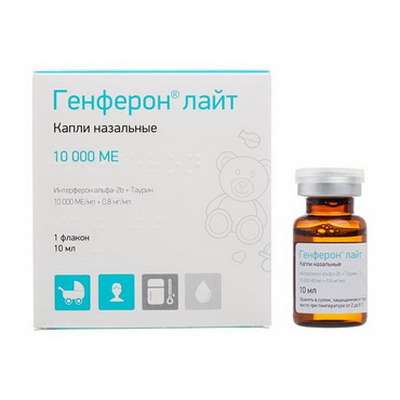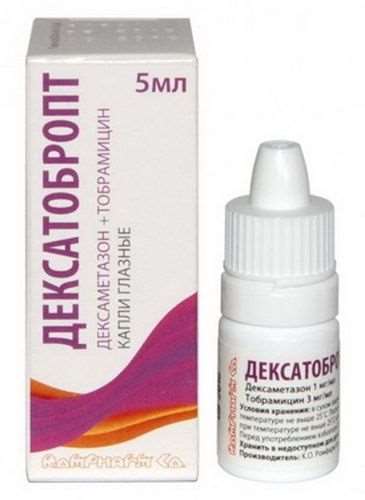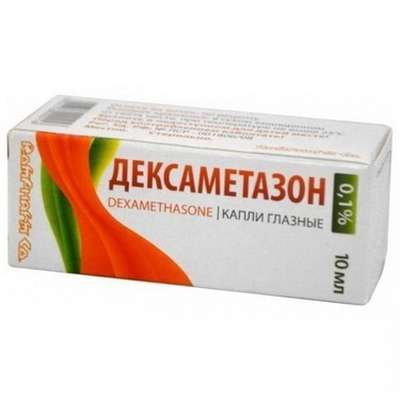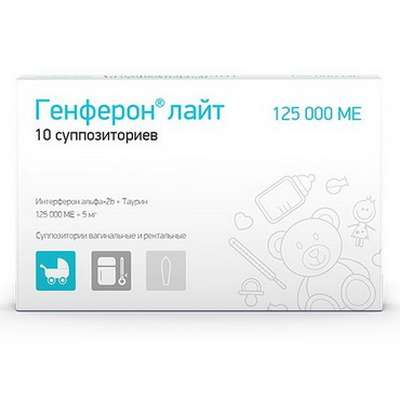Instruction for use: Sab simplex
I want this, give me price
Active substance Simethicone
ATX Code A03AX Other drugs for functional gastrointestinal disorders
Pharmacological group
carminative
Nosological classification (ICD-10)
K94 * Diagnosis of gastrointestinal diseases
Liver-spleen scan is, The visualization of the liver using invasive methods, Isotope hepatoscintigram, Celiocentesis, examination of the liver, Magnetic resonance imaging of the liver, Computed tomography of the liver, Esophageal manometry, Anoscopy, Visualization of biliary tract, liver ultrasound visualization, Gastroscopy,degassing bowel before diagnostic studies, degassing intestine before X-rays, Diagnosis of the gastrointestinal tract, Diagnosis of bleeding from the small intestine, Diagnosis of focal lesions of the liver, Diagnosis secretory capacity and gastric acid-function, Diagnostic procedures on the colon, duodenal intubation, duodenoscopy, Instrumental examinations of the abdominal cavity, Intraoperative cholangiography, Irrigoscopy, The study of gastric secretion, GI study, Investigation of acid-forming function of the stomach, The study of gastric secretory function,Colonoscopy, Monitoring the effectiveness of lithotripsy, Determining the degree of hypersecretion of duodenal ulcer, Preparation for diagnostic tests, Preparing to X-ray and instrumental methods of investigation of the abdominal cavity, Preparing to X-ray and ultrasound of the abdominal cavity, Preparing to X-ray or endoscopic gastrointestinal investigations, Preparing to X-ray study of the gastrointestinal tract with contrast, Preparing to X-ray study of the gastrointestinal tract with barium, Preparing to X-ray examination and ultrasound of the abdomen, Preparing to X-ray examination and ultrasound of the abdomen, Preparation for ultrasound and X-ray examination of the abdominal cavity, Preparation for endoscopic examination of the lower large intestine,Preparation for endoscopic or X-ray examination of the lower intestine, Prepare to lower GI endoscopy, Preparation of the colon to the instrumental and radiological investigations, Preparation of the colon to the x-ray and endoscopy, sigmoidoscopy, rectoscopy, GI Radiography, X-ray diagnosis of esophageal achalasia,Radiology gastrointestinal diseases, Radiology of the digestive tract, Rentgenocontrast study biliary tract, Rentgenocontrast study GI, X-ray diagnosis of the gastrointestinal tract, X-ray gastrointestinal studies, X-ray examination of the duodenum and gall bladder, X-ray examination of the stomach, X-ray examination of the biliary tract and gall bladder, X-ray study of the gastrointestinal tract, X-ray examination of the esophagus, retrograde cholangiopancreatography, Endoscopic Retrograde pankreatoholangiorentgenografiya, Sonography of the digestive tract, hepatosplenography, Ultrasonography of the abdomen, Functional X-ray diagnostics for diseases of the stomach,Functional X-ray diagnosis with bowel diseases,cholangiography, Cholangiography in cholelithiasis, cholangiopancreatography, cholecystography,esophagoscopy, Endoscopic retrograde pancreato, Endoscopic retrograde cholangiopancreatography, Endoscopic intervention, Endoscopic examinations of the digestive system, Endoscopic examination of the lower large intestine, GI Endoscopy, endoscopy, ERCP, Panendoskopiya
R14 Flatulence and related conditions
abdominal distention, flatulence, pronounced flatulence, Gases in the postoperative period, degassing bowel before diagnostic studies, degassing intestine before X-rays, gas delay, Excessive formation and accumulation of gases in the digestive tract, brash, Flatulence, Flatulence with increased gas formation in the digestive tract, Flatulence in infants, Flatulence in newborns, Flatulence caused by fatty or unusual food, Flatulence caused by disease of the digestive tract, belching, The feeling of bloating, The feeling of fullness, Increased flatulence, The increased gas formation and accumulation of gases in the digestive tract, Fullness in the epigastrium, Feeling of fullness, The feeling of heaviness in the stomach, Flatulence in the gastrointestinal tract, Increased production and accumulation of gases in the digestive tract
T55 Toxic effect of soaps and detergents
Poisoning with detergents, Intoxication with detergents, Acute poisoning with detergents, Surfactant poisoning, Poisoning with synthetic detergents
Composition
Suspension for oral administration 100 ml
active substance:
simethicone 6,919 g
(dimethicone 350 and silicon dioxide in a ratio of 92.5: 7.5%)
auxiliary substances: hypromellose - 1.5 g; carbomer - 0.6 g; sodium citrate dihydrate - 1 g; citric acid monohydrate - 0.5468 g; flavoring vanilla - 0.315 g; raspberry aroma - 0.108 g; sodium cyclamate - 0.2 g; sodium saccharinate - 0.02 g; sodium benzoate - 0.1 g, acids polyglycostearyl ethers - 1.0378 g; sorbic acid 0.0347 g; water 89.6189 g
pharmachologic effect
Pharmacological action - carminative.
Dosing and Administration
Inside, during or after a meal and, if necessary, before going to bed. Before use, shake the bottle vigorously. To start the suspension from the pipette, flip the bottle upside down and tap on the bottom. The SabŪ Simplex mixes well with other liquids, such as milk.
Increased gas formation
Adults - 30-45 drops (1.2-1.8 ml). Children from 6 to 15 years - 20-30 drops (0.8-1.2 ml); from 1 year to 6 years - 15 drops (0.6 ml). If necessary, additionally 15 drops at night.
This dose should be taken every 4-6 hours; If necessary, it can be increased. Newborns and infants (up to 1 year of age) who receive feeding from a baby bottle - 15 drops (0.6 ml) of the suspension are added to each bottle. SabŪ Simplex can be given to newborns before feeding from a teaspoon.
The duration of application depends on the dynamics of complaints. The SabŪ Simplex can be taken for a long time if necessary.
Preparing for diagnostic tests of the digestive tract
Application in preparation for diagnostic studies of the gastrointestinal tract is facilitated if the pipette is removed from the vial.
X-ray examination. To prepare for radiography the day before the study in the evening, take 3-6 teaspoons (15-30 ml) of SabŪ Simplex.
Ultrasound. When preparing for ultrasound, it is recommended to take 3 tea bags (15 ml) of SabŪ Simplex the evening before the test and 3 tsp three hours before the test.
Endoscopy. Before endoscopy, 0.5-1 tsp (2.5-5 ml) of SabŪ Simplex should be taken. During the study, an additional several milliliters of a suspension of SabŪ Simplex can be added through the endoscope.
Poisoning with detergents
The dose depends on the severity of the poisoning. The recommended minimum dose of SabŪ Simplex is 1 tsp (5 ml).
If you have any complaints and / or complaints, please contact your doctor.
Form of issue
Suspension for oral administration, 69.19 mg / ml. For 30 ml in bottles of light-protective glass with a dropping device (25 drops in 1 ml). Each bottle is placed in a cardboard box.
Conditions of leave from pharmacies
Without recipe.
Storage conditions
At a temperature of no higher than 25 ° C.
Keep out of the reach of children.
Shelf life
3 years. After cooking - 24 h (at t 5 ° C - 7 days).
Do not use after the expiry date printed on the package.

 Cart
Cart





